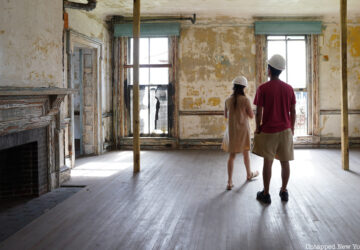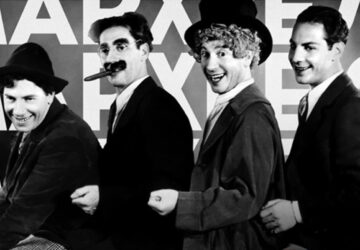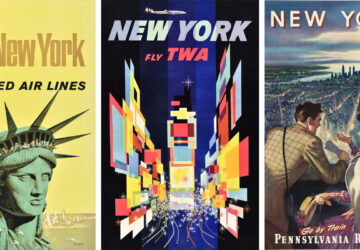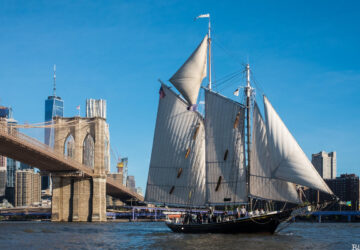Ever wonder why New York’s politicians freak out over snowstorms? The blizzard of 1969 not only paralyzed New York City for three days, but it also nearly ended Mayor John Lindsay’s political career. February 9, 1969 was supposed to be a gloomy but quiet Sunday, with a forecast for slushy rain. Instead, an unprepared and disorganized mayoral administration grappled with 15 inches of snowfall. Many workers had Sunday off, and mobilization was slow. It took the City until Wednesday to clear major highways, open schools, and get commuter rails and full subway service up and running.
The consequences were disastrous. Forty-two New Yorkers died during the storm and 288 people were injured. Thousands of passengers were stranded at airports and train stations. Things were worst in Queens, where 21 people died and many roads remained unplowed a full week after the storm.
New Yorkers couldn’t believe the administration’s incompetence. There were a few reasons that 1969 went down as the worst snow storm response in modern City history. First, the Lindsay administration was just coming off a bitter strike with the City’s sanitation workers, who were responsible for plowing the streets. (More on that strike this Thursday in Today in NYC History.) Second, years of disrepair had resulted in as many as 40% of snowplows not working properly. Finally, Lindsay’s budget concerns prevented him from overspending projects on snow removal, as his predecessor, Robert Wagner, had done. In retrospect, this was not a good area to skimp on.
That Queens suffered the brunt of the clean-up failure was not lost on its residents, who already felt that Lindsay had little regard for the outer boroughs. In response, Lindsay went to his go-to crisis move, the neighborhood walk, but Queens residents were having none of it, heckling him wherever he went. Middle-class, outer-borough whites made up the core of the New York City Republican Party, and they got their revenge that June, delivering State Senator John Marchi a win over Lindsay in the Republican mayoral primary. Lindsay scrambled to eke out a victory in the three-way general election on the “Liberal” line, but his political support never fully recovered from the Blizzard of ’69.
Lindsay’s failure has become a national lesson to all northern mayors. Mayor Bloomberg was similarly knocked for a lackluster snowstorm response in 2010. During that storm, plows were slow to get to the outer boroughs, and New Yorkers’ frustrations were compounded by Bloomberg’s snarky comments about Broadway theaters still being open and the fact that he’d been in Bermuda when the storm happened. (Bloomberg’s performance during other snow storms were pretty good.)
Big Weather might be in the business of exaggerating storms, and snowpocalypses often end anti-climactically, but if you are a politician, you would rather be safe than end up like John Lindsay.
Read more from Today in NYC History on Untapped Cities and on janos.nyc.





